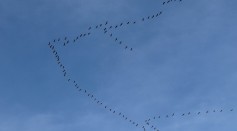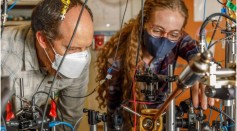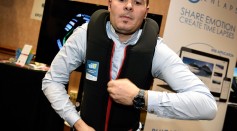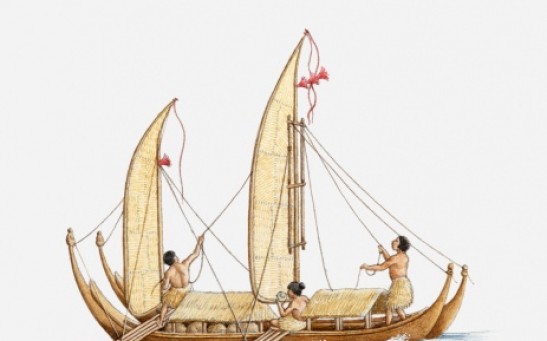navigation

Sex Differences and Stereotypes: Are Men Better Than Women in Navigation?

Bird Migration: How Do Birds Find Their Way?

Orolia’s John Fischer Receives the Institute of Navigation’s 2022 Distinguished PTTI Service Award

First GPS-Free Device Developed with Quantum Mechanics Could Start New Era of Navigation

Power Generator That Mimics Seaweed Movement Developed for Harvesting Static Energy from Ocean Waves

Accelerometers Based on Lasers Unveiled By NIST
Aurora Borealis May Have Contributed to Sinking of Titanic, Suggests Meteorological Researcher
Blind Cavefish Navigate Their Way In Dark: Here's How
Google Maps Navigation Error: Idyllic Little Town In Norway Swarmed With Tourists
Waze Update: New Feature Lets Users Record Navigation Instructions Using Their Own Voice
Sea Turtles Use Earth’s Magnetic Field as a GPS
Most Popular

How Technology Is Changing the Real Estate Industry?

Study Reveals High Turnover in Scientific Research Careers: What This Means for Future Scientists

How a Plant-Based Diet Can Protect Against Breast Cancer: Insights from Nutrition Research

Why It's So Difficult to Lose Weight: The Biological Explanation Behind Obesity






